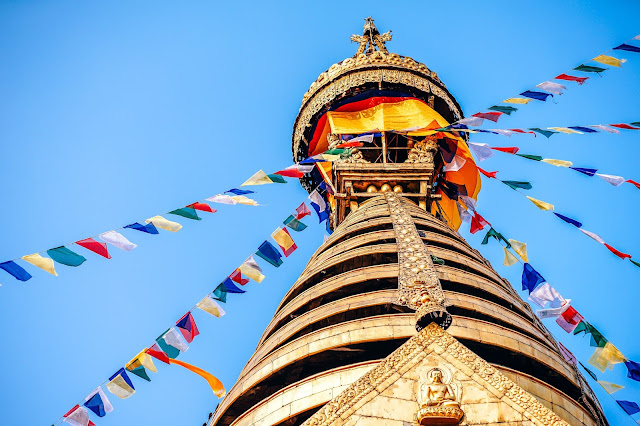Kathmandu - The capital of Nepal

Kathmandu - the capital and largest city of Nepal. Its economic, historical, political and cultural centre. Its population is 1,003,285 according to here . Kathmandu valley height of about 1300m – mountain valley and the historical region of Nepal, the famous Newar towns of Kathmandu, Lalitpur (Patan), Bhaktapur, Kirtipur, Panauti and numerous monasteries and temple centres and cultural monuments. The appearance of the capital remained in XVII-XVIII centuries, when the Kathmandu Valley is actively built up during the reign of the Malla kings. The city has many Buddhist and Hindu temples from the stupa Bodnath to tiny street altars within the walls of houses. Locals say that in the Kathmandu Valley, 10 million lives of the gods. Swayambhunath stupa complex and Bodhnath were built in the III century BC. and have been rebuilding a millennium later. Svayambhunath known primarily stone reliefs created in VI-VIII centuries. It is equally well known and Pashupatinath – a temple compl



Comments
Post a Comment